Lao people call the sand tower building ritual "Ko Che - di xai". Along with the rituals of releasing flower lanterns, bathing Buddha, and splashing water, building sand towers is an activity originating from primitive Buddhist beliefs and gradually developing into an activity serving entertainment and tourism.
Lao people follow Theravada Buddhism and believe in reincarnation and karma. The daily life of Lao people is closely linked to temples and offerings to monks. They believe that everything on temple grounds is the property of the temple, even if it is just a grain of sand.
If anyone takes the temple's property, it means that he has broken the precept of stealing, will be sent to hell, and in the next life will have to suffer many misfortunes and injustices to pay for his evil deeds. Going to the temple to do good deeds every day will not be able to avoid getting sand stuck to his feet, unintentionally breaking the second precept of not stealing in the five precepts.
Therefore, building a cable tower and bringing sand into the temple yard to serve the construction and renovation of Buddhist temples on Bunpimay Day is a way of offering to return the amount of sand that one accidentally brought out of the temple. This is also considered a meritorious activity, creating immeasurable blessings, not only for this life but also for the next life.
In addition, the sand tower is also a symbol of Mount Meru, where the seven fairies kept the head of Brahma Kabinlaphrom in the legend explaining the origin of the Bunpimay Water Festival. Therefore, every time Bunpimay comes, Lao people attach great importance to the ritual of building sand towers and perform it respectfully and sincerely.
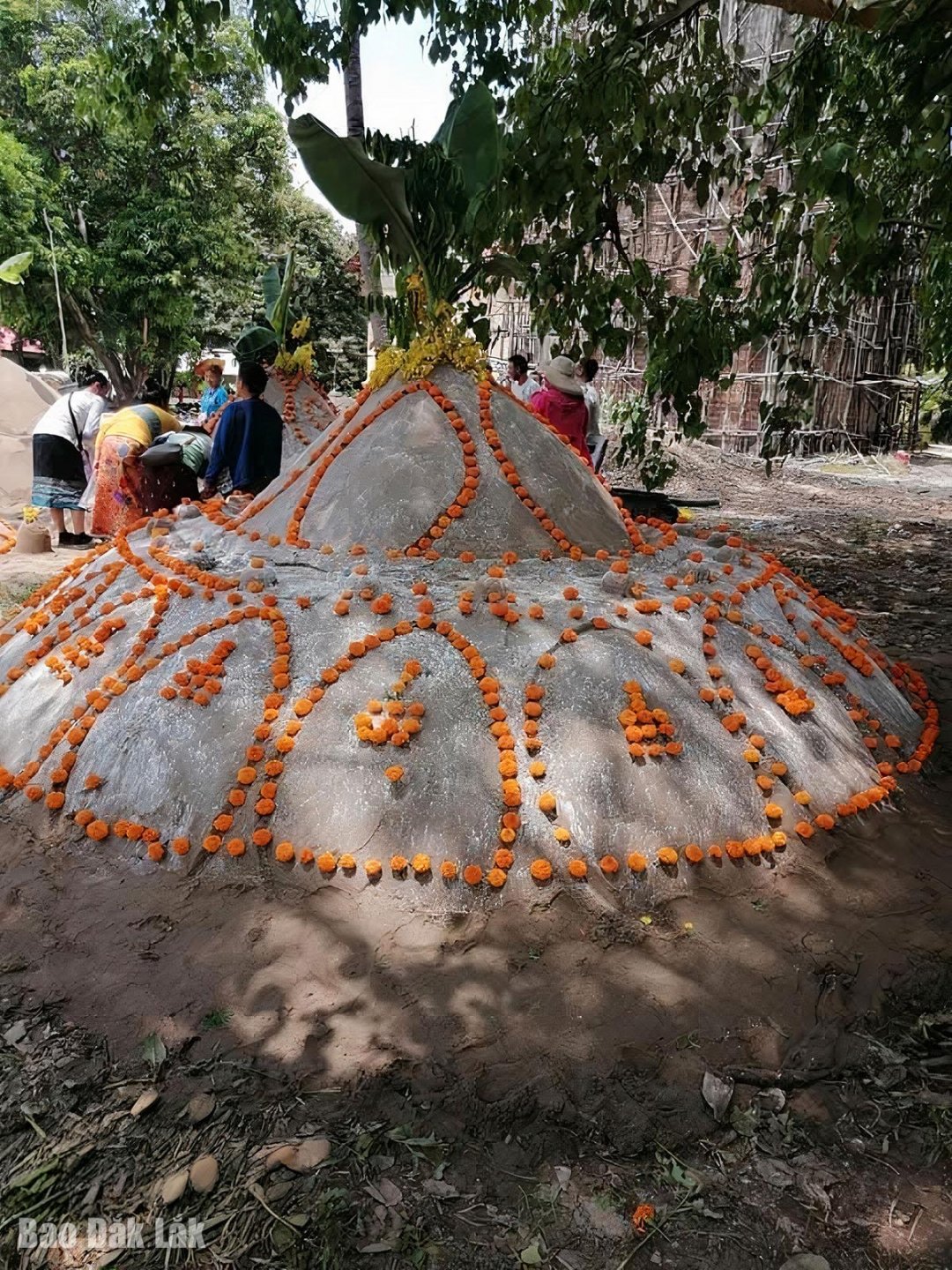 |
| Sand towers are built during Bunpimay Festival. |
According to the Southern Buddhist scriptures, King Pasenadi of the Kosala Kingdom in ancient India was born on the same day as the Buddha. Once, on his way to Sāvatthī to pay homage to the Buddha, the king passed by a beautiful sandbank by the river. He suddenly thought that the Buddha had 84,000 Dharma doors. If he used this sand to build 84,000 towers to offer to the Buddha, the Dharma, and the Sangha, he would receive immeasurable merit. After paying homage to the Buddha, the king and his courtiers heard the Buddha preach about the merits of building sand towers. From then on, the custom of building sand towers to offer to the Buddha was formed and has been passed down to this day.
During the three days of Tet, April 13, 14, and 15, the sand tower building activity usually takes place on the 14th. The traditional Lao calendar calls this day "Van Nau", which means the day between the old year and the new year.
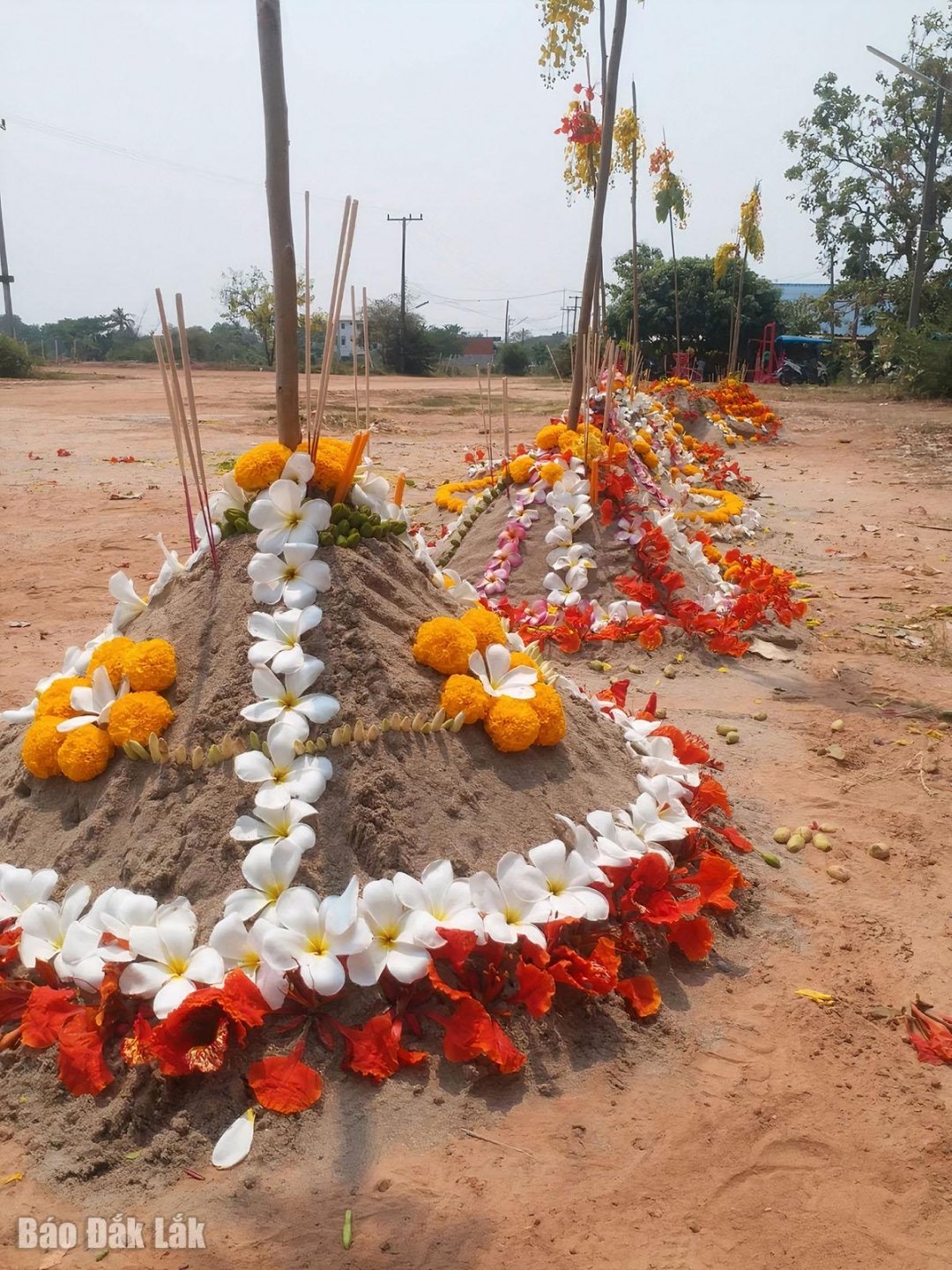 |
| Sand towers along the Mekong River. |
In Laos, people prepare a large amount of sand and transport it to the temple or place it on the riverbank where the festival is held. Then, they sprinkle water on the pile of sand to make it moist and use a flat piece of wood to shape it into a large tower, around the large tower are small towers with the number of 84 symbolizing the 84,000 Dharma doors of Buddha. Then, people decorate the sand towers with marigolds, dooc khuon flowers, champa flowers and flags, pennants... After making offerings to the monks and listening to the New Year's prayer, the villagers invite the monks to come to the sand tower to chant blessings. Everyone respectfully clasps their hands and prays for good things in the new year to come to them. Finally, they begin to enjoy folk songs, folk dances and splash water on each other in a jubilant, bustling atmosphere.
In Buon Tri, Krong Na commune (Buon Don district), every year in mid-April, the local government organizes the Bunpimay festival so that the Vietnamese-Lao people here can celebrate the New Year according to traditional customs, including the activity of building sand towers. This is considered a practical activity to show respect for the beliefs and customs of the local people.
Source: https://baodaklak.vn/van-hoa-du-lich-van-hoc-nghe-thuat/202504/tuc-dap-thap-cat-cua-nguoi-lao-trong-tet-bunpimay-c260264/


![[Photo] National Assembly Chairman Tran Thanh Man attends the Policy Forum on Science, Technology, Innovation and Digital Transformation](https://vstatic.vietnam.vn/vietnam/resource/IMAGE/2025/4/13/c0aec4d2b3ee45adb4c2a769796be1fd)
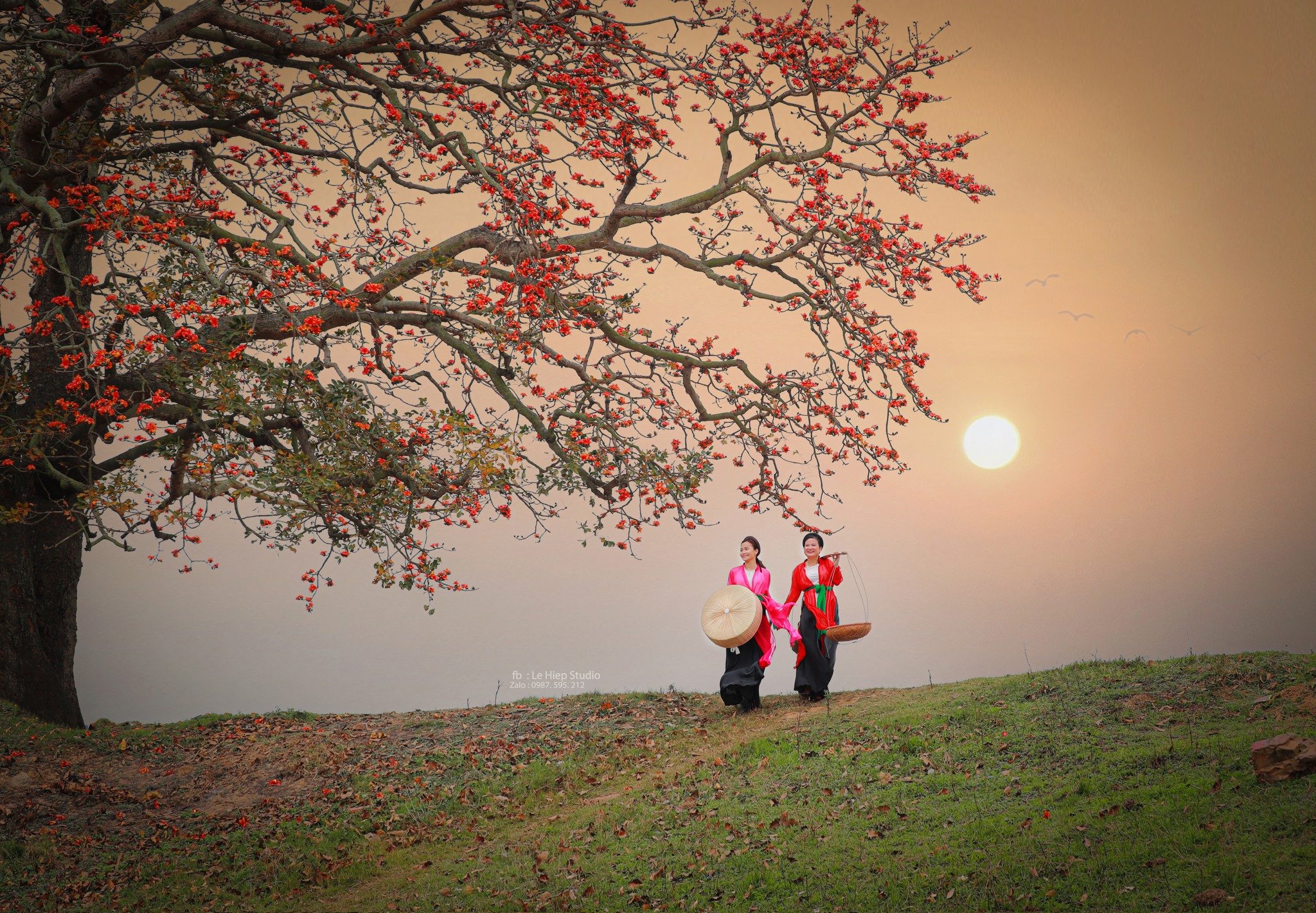

![[Photo] National Assembly Chairman Tran Thanh Man attends the ceremony to celebrate the 1015th anniversary of King Ly Thai To's coronation](https://vstatic.vietnam.vn/vietnam/resource/IMAGE/2025/4/13/6d642c7b8ab34ccc8c769a9ebc02346b)
![[Photo] Prime Minister Pham Minh Chinh chairs the Government's special meeting on law-making in April](https://vstatic.vietnam.vn/vietnam/resource/IMAGE/2025/4/13/8b2071d47adc4c22ac3a9534d12ddc17)



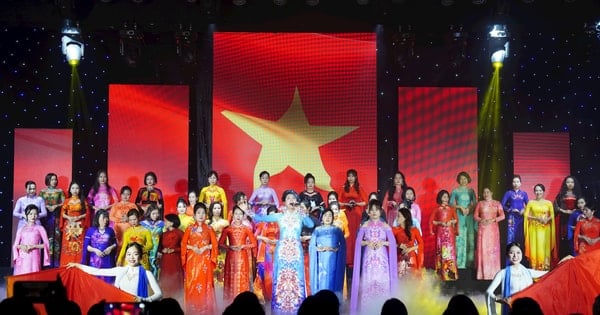
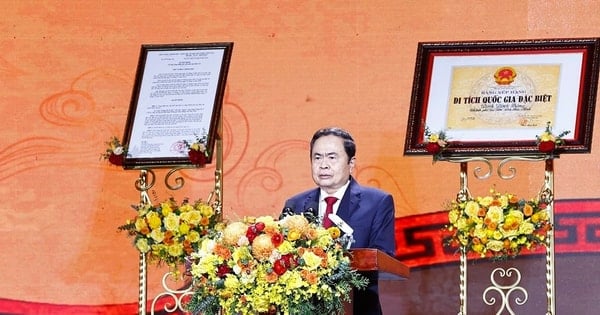

![[Podcast]. Kites and Childhood](https://vstatic.vietnam.vn/vietnam/resource/IMAGE/2025/4/13/a4697c2294a843f39084a21134c3feb0)



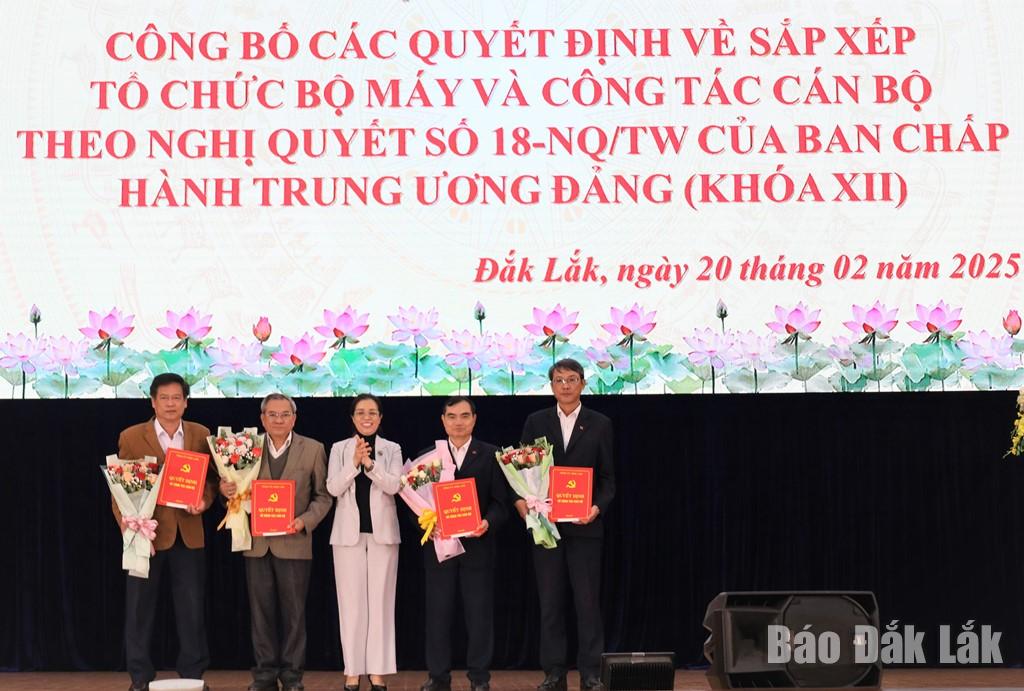
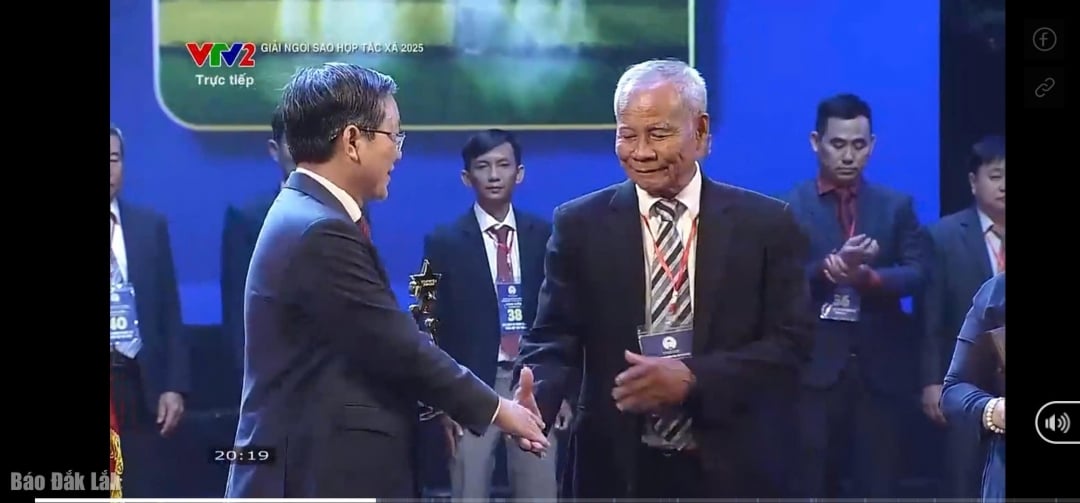
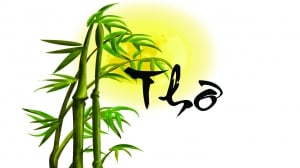
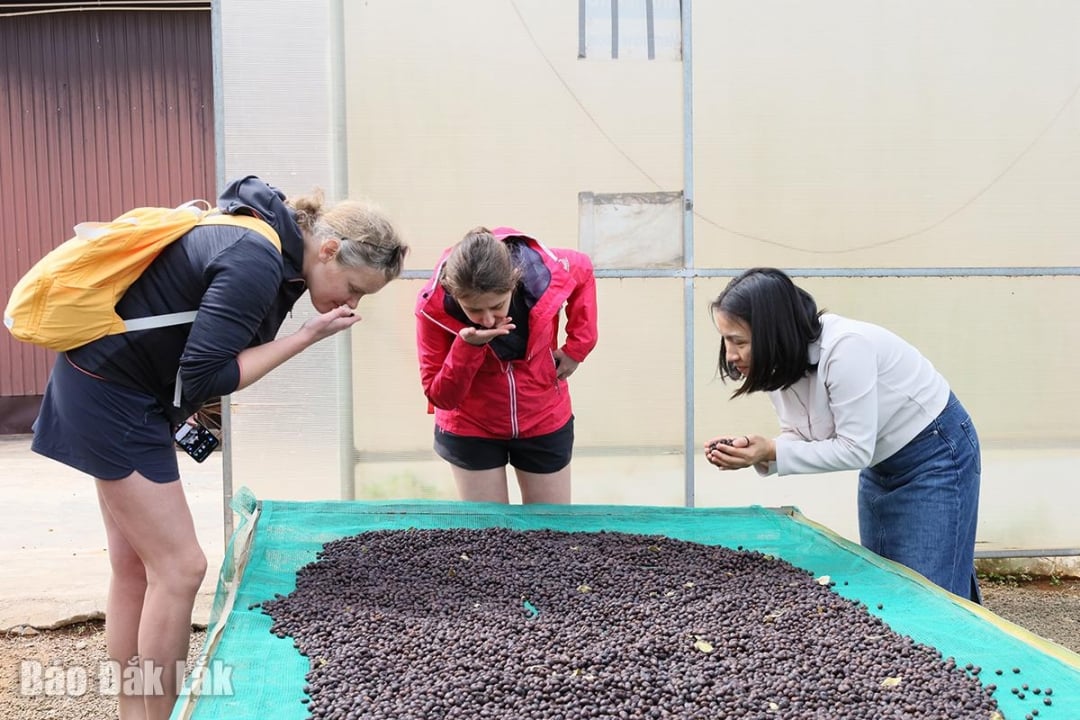
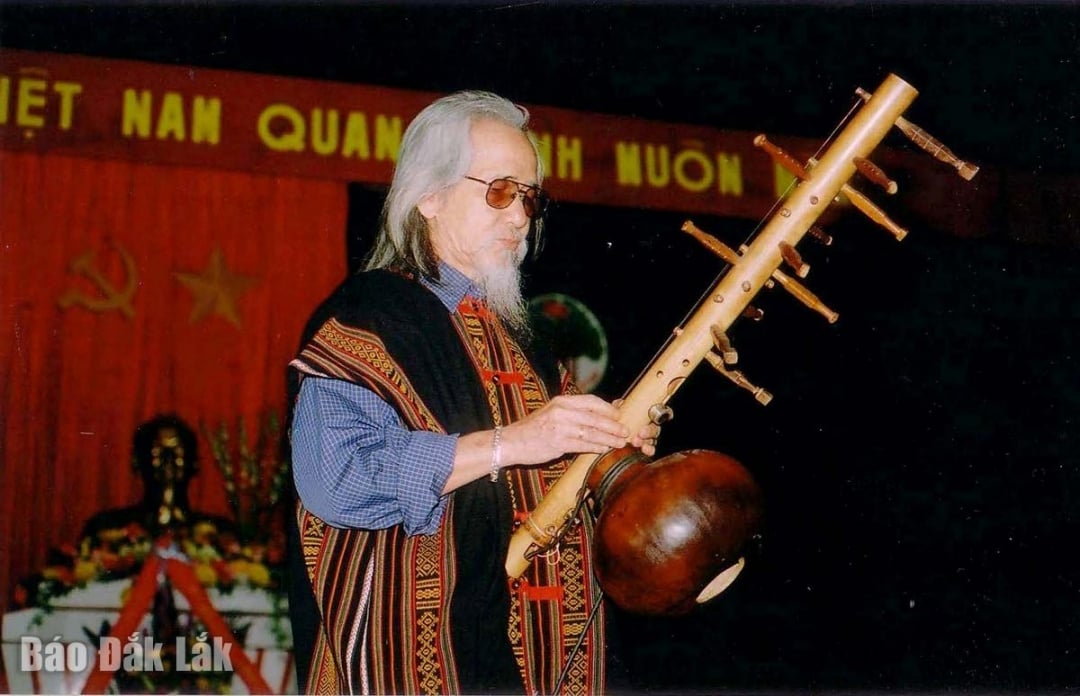
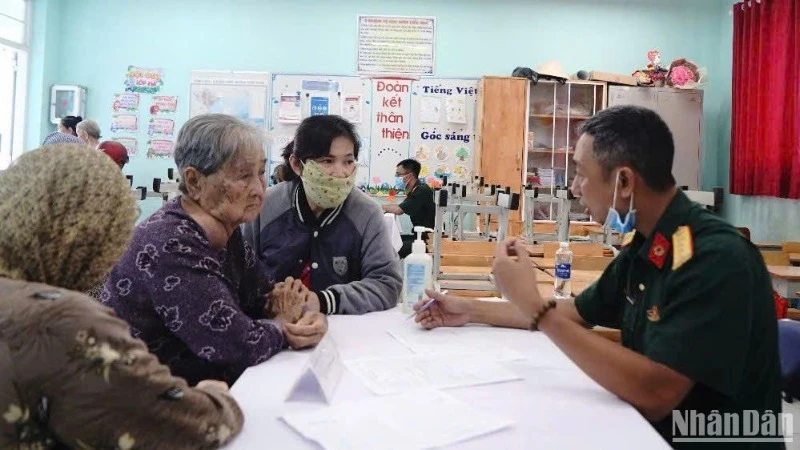












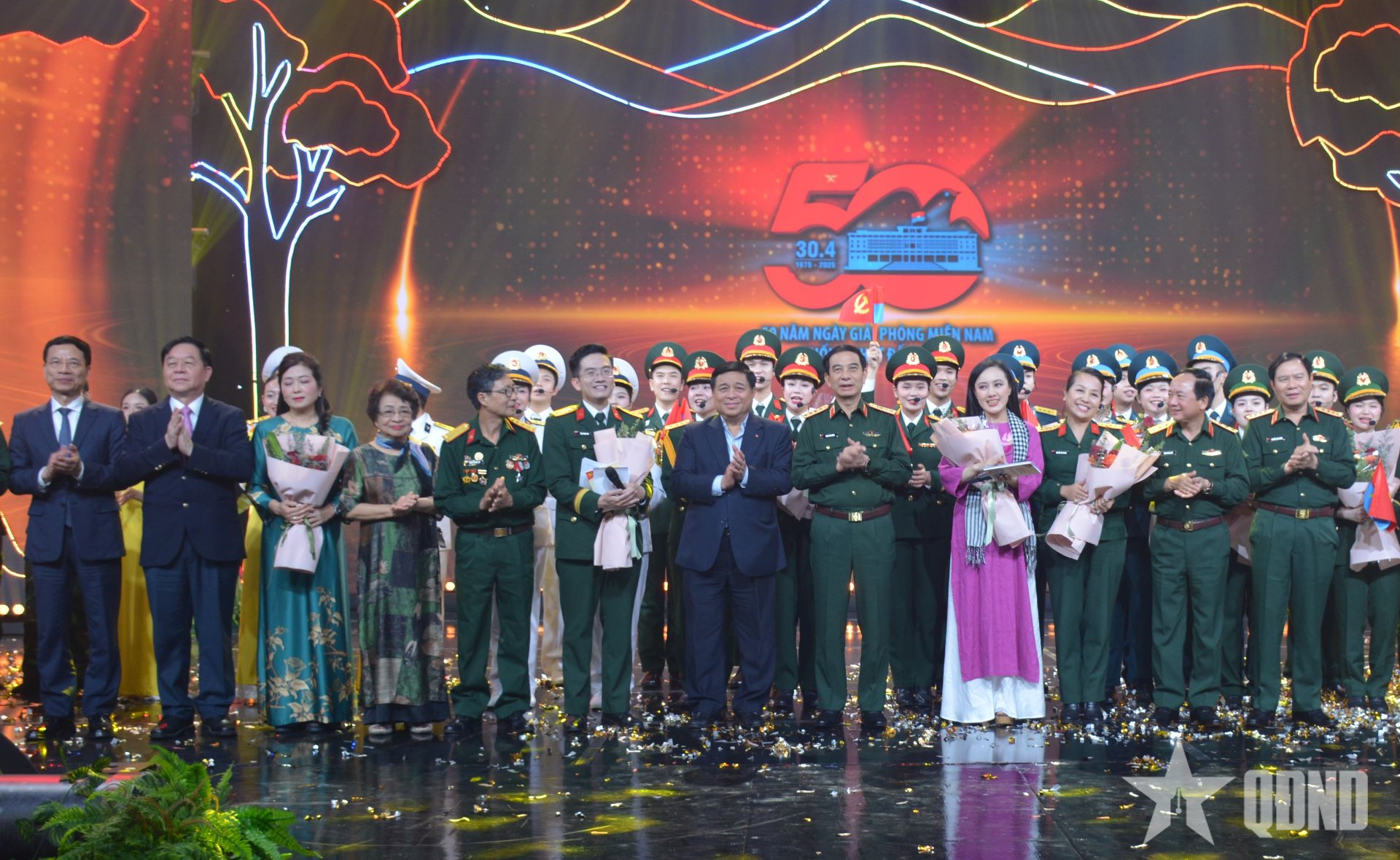

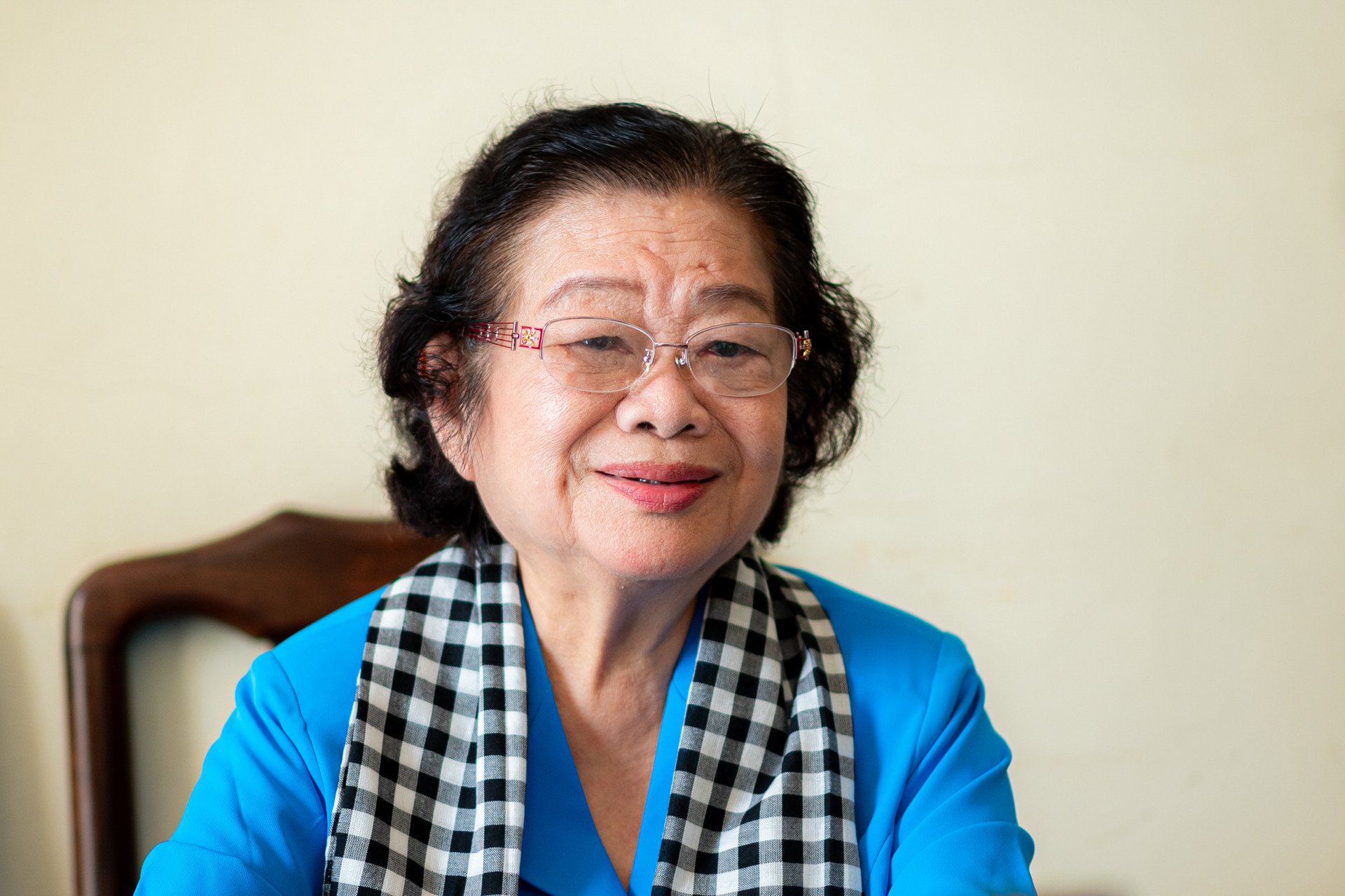



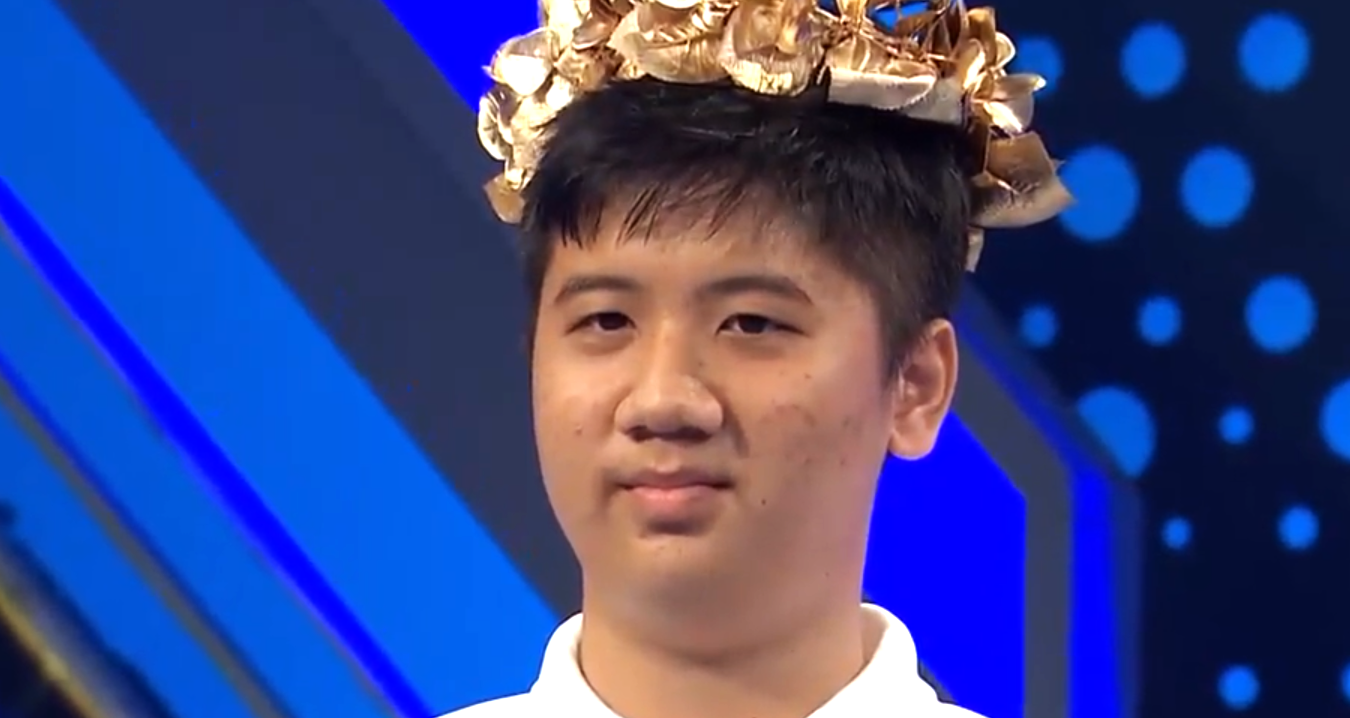



















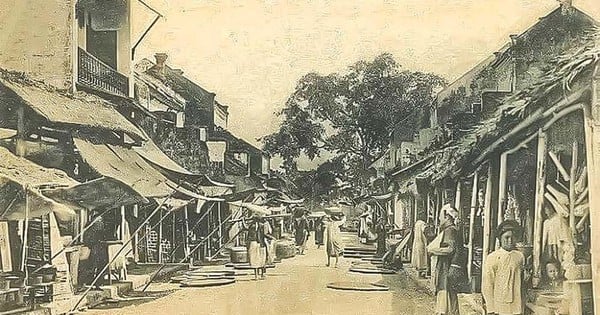

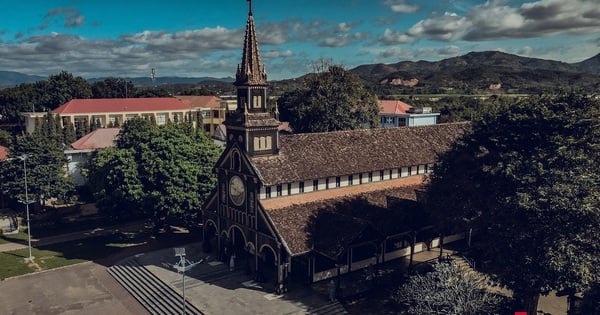
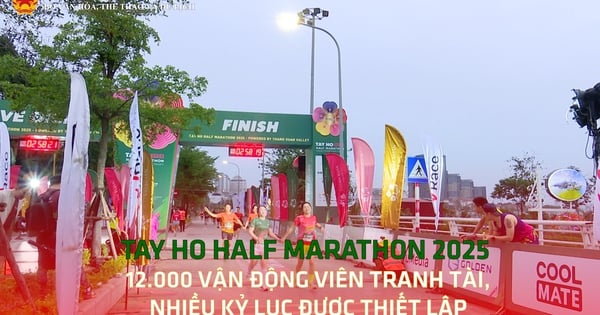
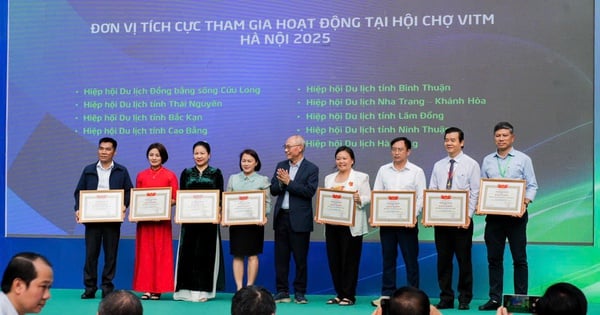




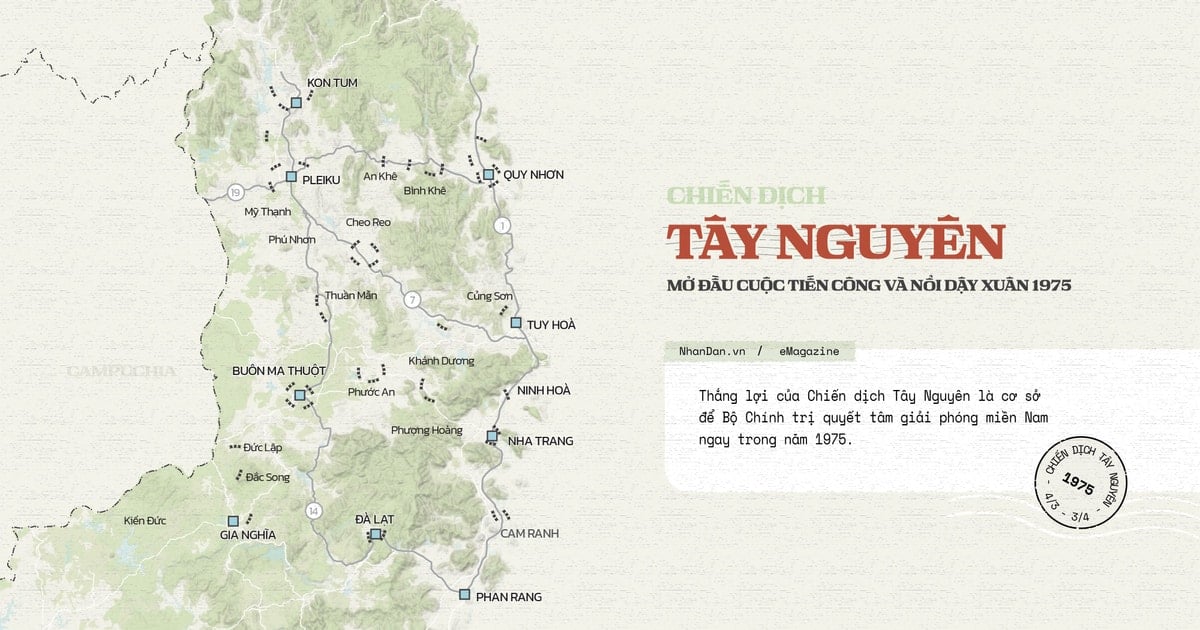
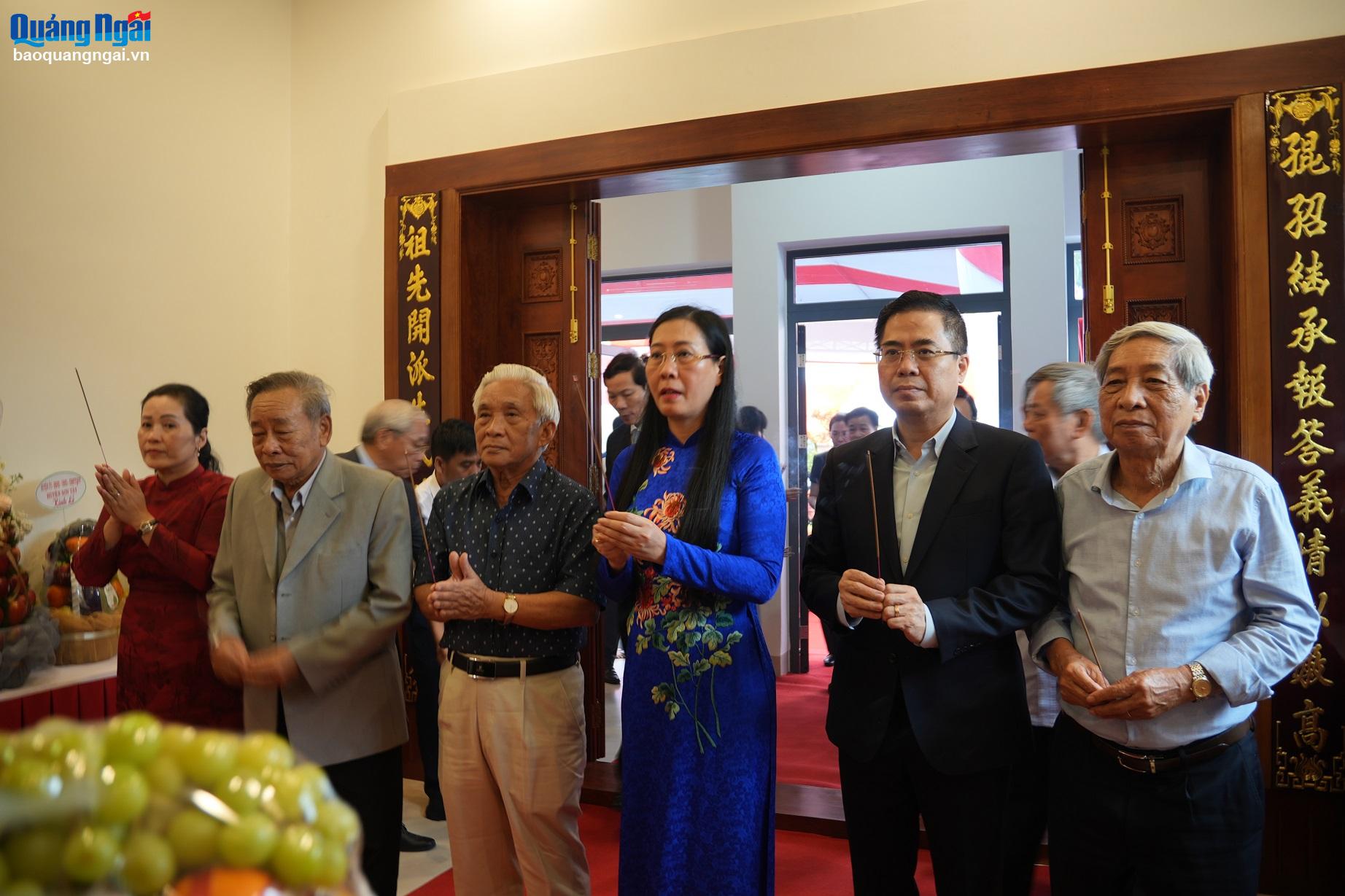
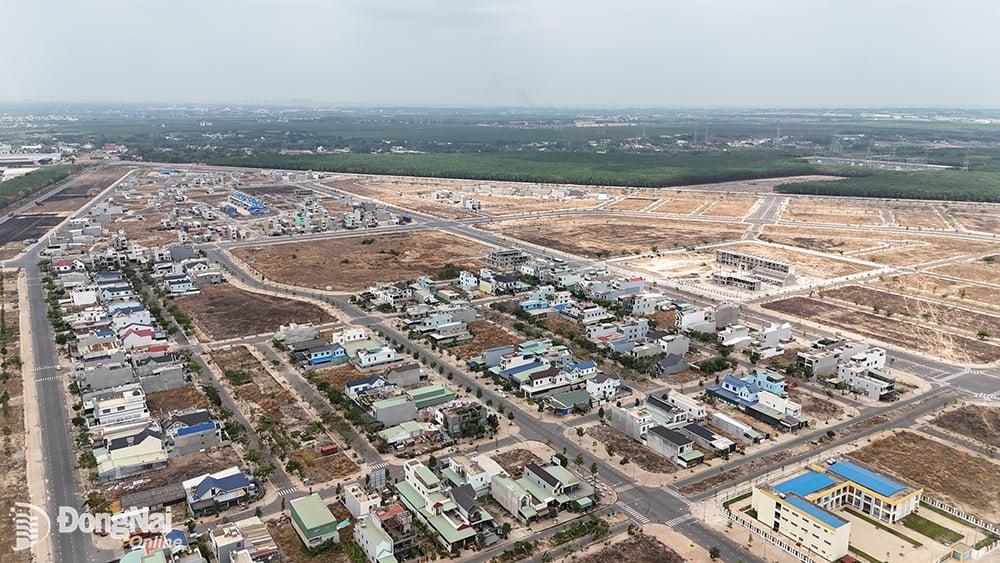

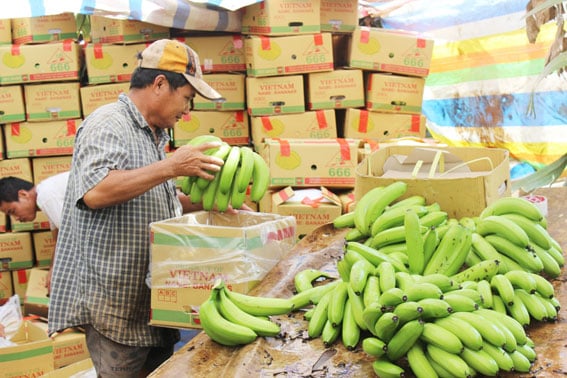











Comment (0)